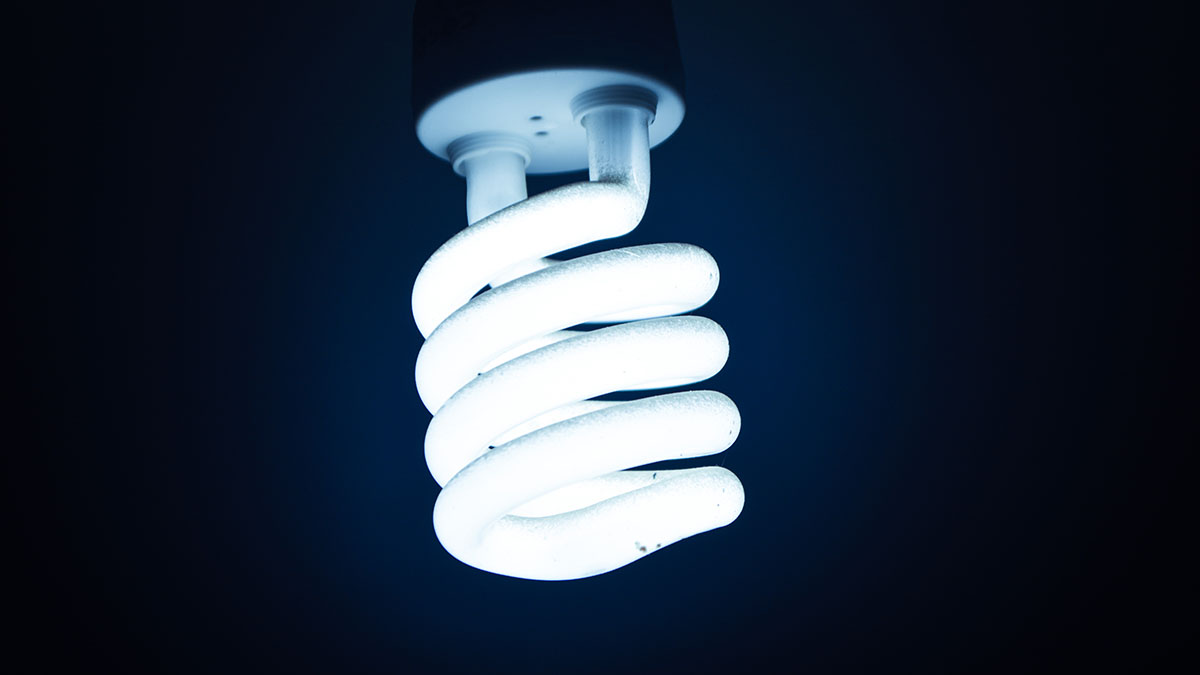should we stop worrying and learn to irradiate public spaces?

UV light is no joke. It’s what causes skin cancer in humans and sterilizes the surface of Mars of anything we can recognize as living things. It probably wouldn’t surprise you that even the most drug-resistant, deadliest bacteria can’t survive exposure to UVC rays, the most damaging UV frequency. But what may be surprising is that there is a UV frequency that can’t damage plant and animal cells but virtually melt viruses and bacteria known as far-UVC, and researchers at Columbia University Irving Medical Center think it may be key to preventing flu pandemics and drug-resistant infections in hospitals.
In an experiment, a low dose far-UVC light killed over 95% of influenza virions, meaning that if hospitals, medical offices, schools, and public transportation used similar technology, we could drastically slow the spread of disease and potentially life-threatening infections. Or at least hypothetically. In the real world, the efficacy is bound to be a lot lower, closer to half or fewer pathogens and there’s potential to create selective pressures for organisms that can survive the far-UVC rays by escaping their full energies.
There’s some research showing that bacteria exposed to radiation evolve mutations that can potentially make them more or less drug-resistant, meaning that we might be taking a bit of a gamble if we decide on a widespread use of far-UVC lights. Having fewer flu outbreaks and stopping a pandemic in its tracks is great. Creating tougher bacteria against which we have limited options? Not so much. This is why far-UVC use is likely to be limited to hospitals at first to study their environmental side-effects closely to avoid unintended consequences.
Of course it’s unlikely that the effects will be all that dramatic. Tiny viruses and organisms hit by near-UVC rays will be torn apart almost instantly as will bacteria a micron across or smaller, which is coincidentally about the size of MRSA superbugs. Larger bacteria which could pose a theoretical threat would probably take decades to manifest appreciable differences since the mutation process is random, so we could get a long stretch of sanitized public places with a lot less disease floating around.
However, it would be very problematic if we ended up adding mutant bacteria to an ongoing antibiotic-resistance crisis slowly unfolding across world, and it’s absolutely worth thinking about the potential to make things worse by underestimating the ability of microorganisms to evolve all sort of nasty abilities. They’ve been doing it for billions of years and nothing we could ever throw at them will make them stop, and they’re a threat we must take very seriously.
See: Welch, D., et al., Far-UVC light: A new tool to control the spread of airborne-mediated microbial diseases. Scientific Reports, Vol. 8, Article No: 2752 (2018) DOI: 10.1038/s41598-018-21058-w
Shibia, A., et al., Mutation accumulation under UV radiation in Escherichia coli. Scientific Reports, Vol. 7, Article No: 14531 (2017) DOI: 10.1038/s41598-017-15008-1





